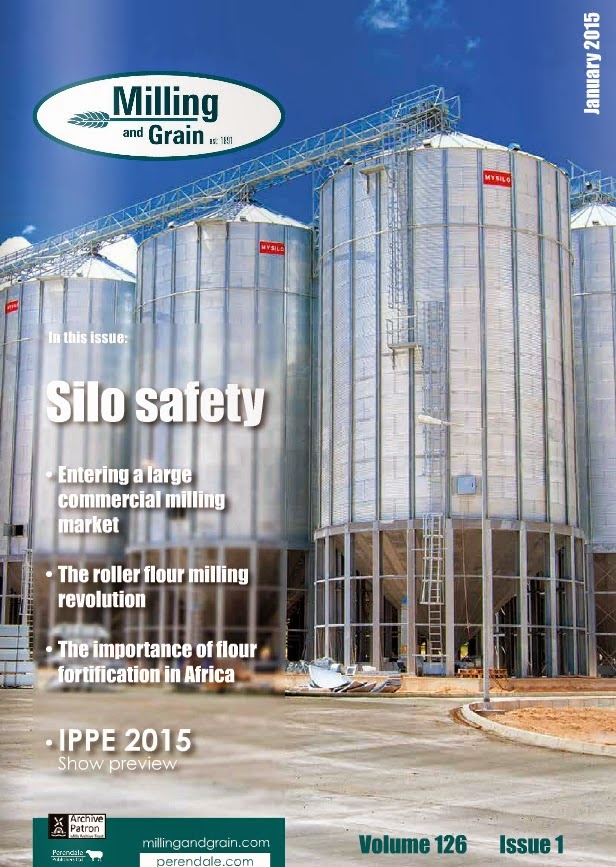With 2014 reported as the warmest year
since records began, continuing a strong trend in recent years, we ignore the
implications for agriculture in the UK in the medium to long term at our peril
say four scientists at the James Hutton Institute in Invergowrie, Dundee in
Scotland.
Read the magazine HERE.
The issue is not just the rising average
temperatures, but the type of weather, which trends suggest are becoming more
prone to extremes. In particular, rainfall patterns are predicted to change
with drier conditions in the southern UK causing issues with water supply for
crop growth whilst in Scotland rainfall is expected to become concentrated into
short bursts of heavy rainfall.
“UK agriculture is currently some of the
most productive in the world for key crops such as cereals and potatoes –
traditionally, our warm, mild, wet climate has been well suited to
world-beating yields per hectare and our lead in agricultural research has
cemented these advantages,” says Tim Daniell, Theme Leader for Sustainable
Production Systems at the James Hutton Institute.
“As the climate changes, the sector - and
the research and development capability that supports it - can use its strong
position to anticipate new circumstances and adapt resources and practices
accordingly.”
Ken Loades, a soil physicist at the Hutton
Institute, points out that this increased rainfall intensity will lead to
greater levels of soil erosion especially on sloping ground.
“These effects may be minimised by altering
land management to increase infiltration and reduce run off. This would have
the additional advantages of maintaining groundwater levels, providing
irrigation water during dry periods, and reducing flood risk,” he adds.
Adrian Newton, a senior cereal pathologist
also at the James Hutton Institute, says changing climate will inevitably lead
to alteration in the key pathogens that farmers have to manage.
“New threats previously associated with
southern climates may become more prevalent; however threats from other
diseases may reduce.
“This will be driven by both temperature
and rainfall changes. Changes in the mosaic of crops across the landscape may
also present additional threats from pests and diseases that can be hosted on
more than one plant species. Also synergistic effects of climate change, such
as combinations of temperature carbon dioxide and water availability, need to
be explored as each has typically been studied in isolation.”
Tim Daniell agrees that these are
challenging times but studies suggest that there may be an opportunity to
increase cropped land area, especially in Scotland, and increase the diversity
of crops that can be grown.
“Clearly the alteration in our climate will
have a profound effect on our agricultural landscape and the Institute - along
with others - is directly involved in increasing both our understanding of the
effects of climate change and how agronomy can adapt to the challenges that lie
ahead.
“Whatever the future climate picture, the
key is for society to be ready to adapt to new circumstances by planning crop
breeding, agronomy and agricultural practices around a range of potential
scenarios.”
Whichever way the situation evolves, making
these transitions sustainably is the only way to ensure continuing food
security and ongoing viability in farming, the Institute adds.
“Making transitions sustainably is the only
way to ensure continuing food security in a changing climatic world.”
Read the magazine HERE.
The Global Miller
This blog is maintained by The Global Miller staff and is supported by the magazine GFMT
which is published by Perendale Publishers Limited.
For additional daily news from milling around the world: global-milling.com




No comments:
Post a Comment